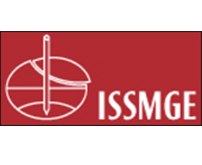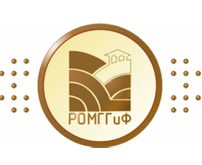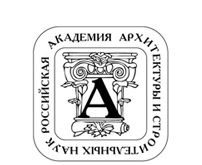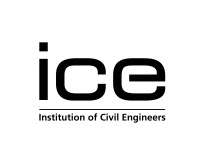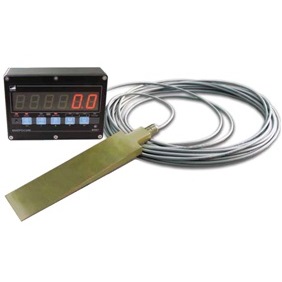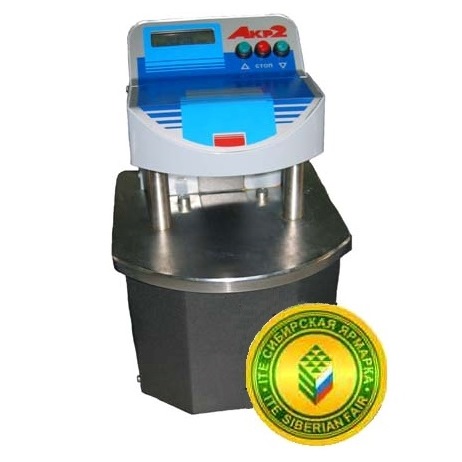The Foundation of High-Rise Buildings with CO2 – minimized Foundation Technology
 |
Speaker of the lecture by Donald M. Burmister Prof. Dr. Eng. Rolf Katzenbach.The late Prof. Donald M. Burmister (1895-1981) is one of the pioneers in the field of Soil Mechanics and Geotechnical Engineering. He has developed several soil testing methods and his soil classification system is still widely used. He also contributed to the first use of digital computer in conjunction with his theory of the layered pavement system.
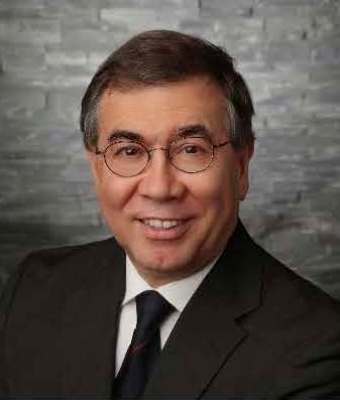 |
Prof. Dr.-Ing. Rolf Katzenbach
Technical University of Darmstadt, GermanyProfessor Dr.-Ing.
Rolf Katzenbach is since 1993 Full-Professor of the Technical University of Darmstadt, Germany, and is CEO of his Consulting Office “Ingenieursozietät Professor Dr.-Ing. Katzenbach GmbH”. He is Past-Chairman of TC 212 Deep Foundations and of TC 215 Environmental Geotechnics of the International Society for Soil Mechanics and Geotechnical Engineering (ISSMGE) and Board Member of several other international and national organizations, member of the International Advisory Committee of T-voSibGt-v.
 |
The Foundation of High-Rise Buildings with CO2 – minimized Foundation Technology
ABSTRACT The reduction of CO2 emissions is from the technical and environmental perspective currently all over the world one of the biggest challenges. In that context the question arises, what we can do from the geotechnical side, to reduce the CO2 emissions during construction and during operation of our buildings. There are, for example, the following possibilities, especially in the area of the foundation of high-rise buildings:
i) intelligent and optimized application of deep foundations (pile groups) by taking into account the interaction between raft (pile cap) and piles and designing a Combined Pile-Raft Foundation (CPRF).
ii) science-based and thorough analysis, evaluation and interpretation of large scale pile-load tests.
iii) using piles as energy-piles, which means, that the piles of a deep foundation are used twice: as construction element, carrying the load into the ground, and as heat exchanger, using the thermal capacity of the soil.
All these aspects are described in the Burmister Lecture 2022, starting with the long-term monitoring of the first generation of the shallow founded high-rise buildings in Frankfurt. There settlements of 20-34 cm (8-13 inches!) occurred in the settlement-active Frankfurt Clay, which led to a lot of problems, regarding serviceability. So we developed the environmentally friendly Combined Pile-Raft Foundation (CPRF) as deep foundation with piles in the sense of Ralph Peck‘s "settlement reducers". By application of the CPRF it is possible to reduce the CO2 emission of the construction of the deep foundation significantly; in addition we save a lot of money and a lot of time by using the CPRF technology and can use the piles as energy piles. For practitioners the essentials of “ISSMGE Combined Pile-Raft Foundations Guideline” are presented.
In the Burmister Lecture 2022 the theoretical basis, the monitoring results and the practical application of our above mentioned future oriented developments for the reduction of CO2 emissions are described in detail and by practical examples of a lot of ready built high-rise buildings, including the highest high-rise buildings of the world in the United Arab Emirates and in Saudi Arabia.
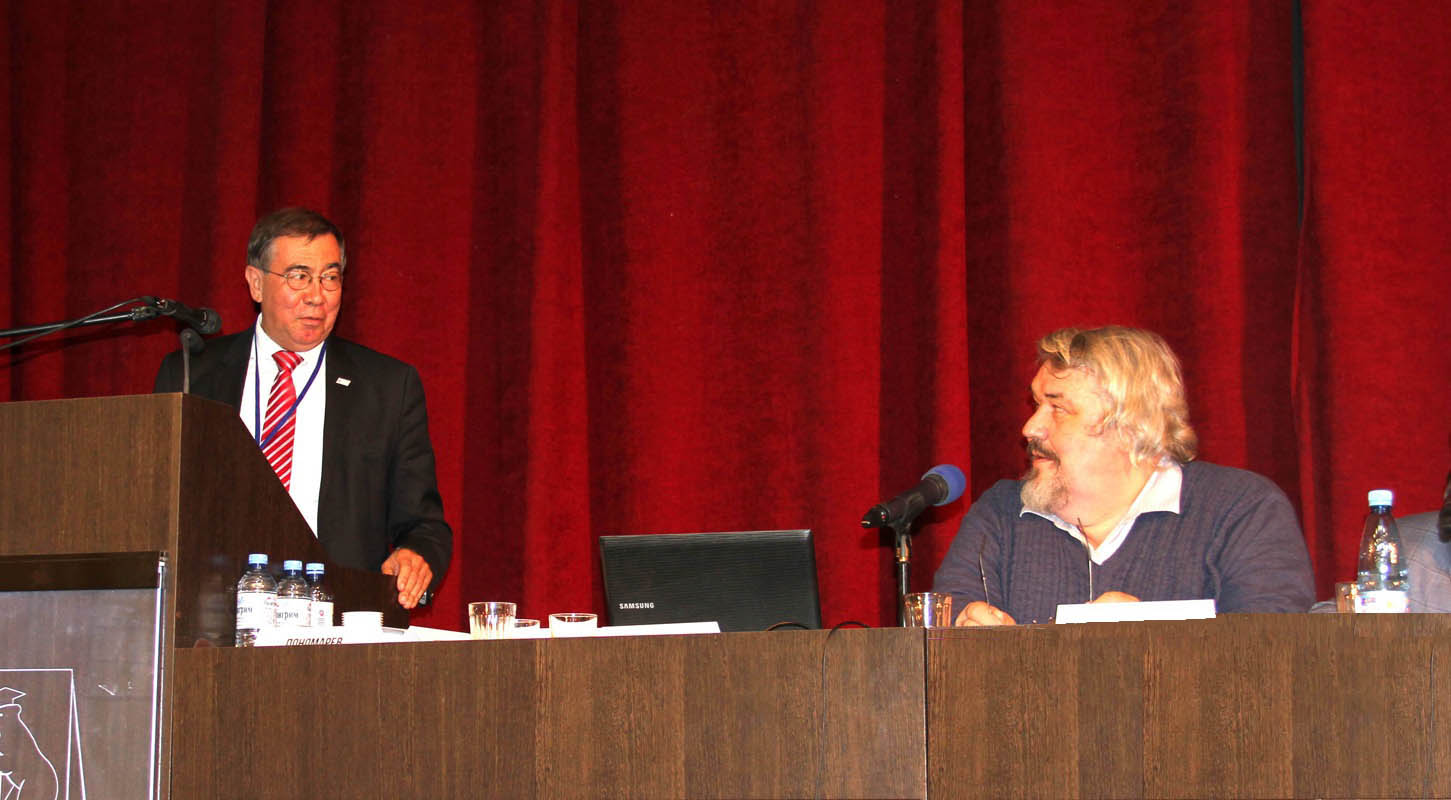 |
Zoom information: http://www.columbia.edu/cu/civileng/ling/burmister
Room 633, S.W. Mudd (Columbia University) 16:30-17:30 EDT April 28, 2022
Los Angeles 13:30-14:30 April 28, 2022
New York 16:30-17:30 April 28, 2022
London 21:30-22:30 April 28, 2022
Frankfurt/Paris/Rome 22:30-23:30 April 28, 2022
Tel Aviv 23:30-24:30 April 28, 2022
New Delhi 2:00-3:30 April 29, 2022
Beijing 1:30-2:30 April 29, 2022
Novosibirsk 3:30-4:30 April 29, 2022
Tokyo 5:30-6:30 April 29, 2022
Sydney 6:30-7:30 April 29, 2022

